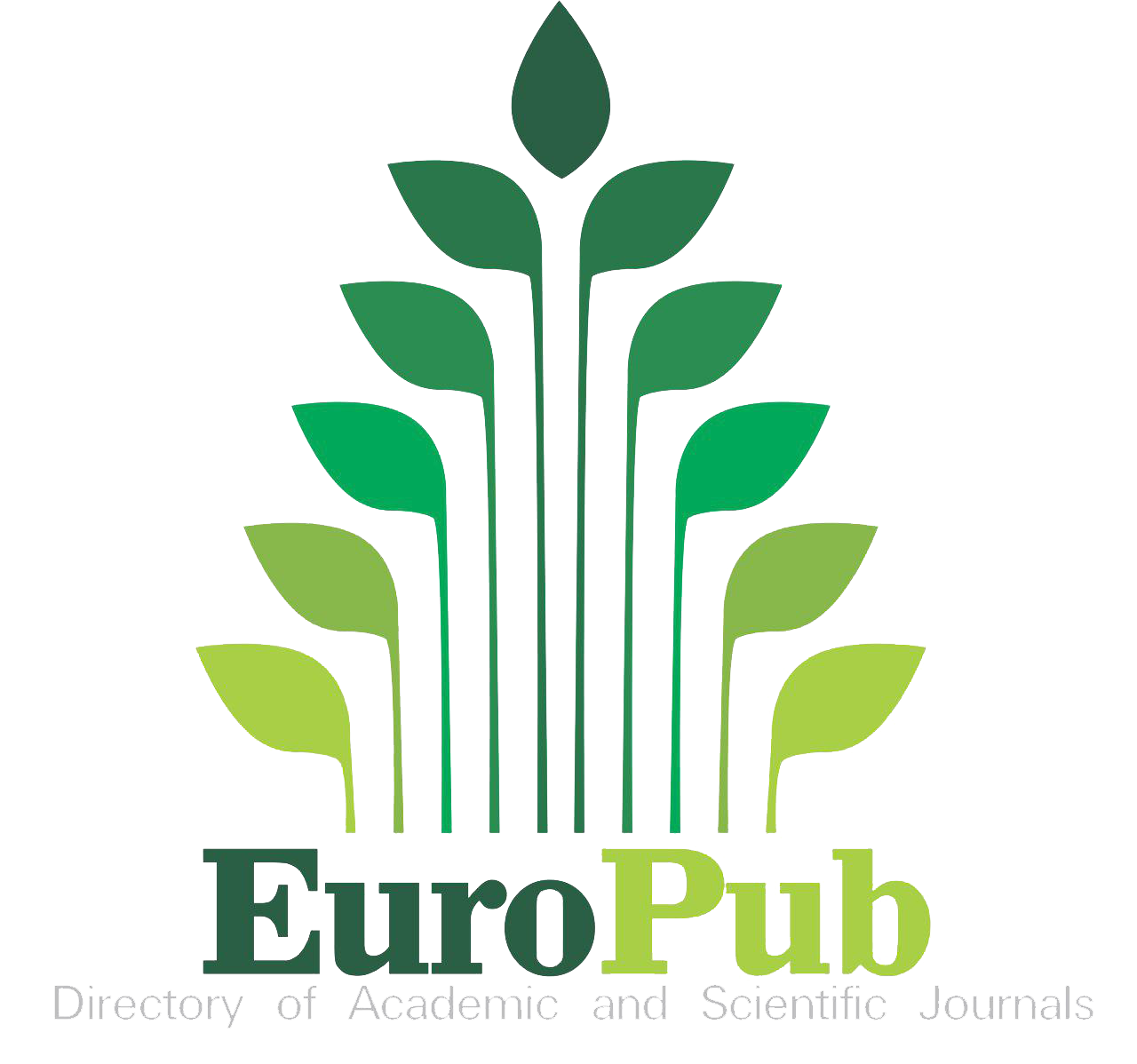COLLEGE STUDENT’S ERROR ANALYSIS BASED ON THEIR MATHEMATICAL CONNECTIONS ON GRAPH REPRESENTATION
Abstract
Keywords
Full Text:
PDFReferences
Andriani, T., Suastika, I. K., & Sesanti, N. R. (2017). Analisis kesalahan konsep matematika siswa dalam menyelesaikan soal trigonometri kelas X TKJ SMKN 1 Gempol tahun pelajaran 2016/2017. Pi: Mathematics Education Journal, 1(1), 34-39.
Dewi, N. R. & Kusumah, Y. S. (2014). Developing test of high order mathematical thinking ability in Integral Calculus subject. International Journal of Education and Research, 2(12), 101-108.
Farida, N. (2015). Analisis kesalahan siswa SMP kelas VIII dalam menyelesaikan masalah soal cerita matematika. Aksioma: Jurnal Pendidikan Matematika FKIP Universitas Muhammadiyah Metro, 4(2), 42-52.
Luneta, K. & Makonye, P. J. (2010). Learner errors and misconceptions in elementary analysis: a case study of a grade 12 class in South Africa. Acta Didactica Napocensia, 3(3), 35-46.
Malasari, P. N., Nindiasari, H., & Jaenudin. (2017). A development of mathematical connecting ability of students in junior high school through a problem-based learning with course review Horay method. Journal of Physics: Conference Series 812, 1-6.
Murniasih, T. R. & Suwanti, V. (2017). Analysis of college students error in solving basic mathematics problem with Newman. Proceeding 8th ADRI 2017 International Conference and Call for Paper. 288-292.
Rahmawati, D., Purwanto, Subanji, Hidayanto, E., & Anwar, R. D. (2017). Process of Mathematical Representation Translation from Verbal into Graphic. International Electronic Journal Of Mathematics Education, 12(3), 367-381
Rohma, M. & Sutiarso, S. (2018). Analysis problem solving in mathematical using theory Newman. EURASIA Journal of Mathematics, Science, and Technology Education, 14(2), 671-681.
Sapti, M. (2010). Kemampuan koneksi matematis (tinjauan terhadap pendekatan pembelajaran SAVI). Limit-Pendidikan Matematika, (11), 60-69.
Suastika, I. K. (2017). Mathematics learninng syntax model using open-ended problem solving to develop students’ creativity. Pancaran Pendidikan, 6(4), 105-112.
Suwanti, V. (2016). Kesulitan mahasiswa dalam pembuatan multi representasi graf. Prosiding Seminar Nasional Pendidikan Matematika Pascasarjana Universitas Negeri Malang. 1120-1128.
Wijaya, A., Van den Heuvel-Panhuizen, M., Doorman, M., & Robitzsch, A. (2014). Difficulties in solving context-based PISA mathematics task: an analysis of students’ errors. The Mathematics Enthusiast, 11(3), 555-584.
Wong, W. K., Yin, S. K., Yang, H.H., & Cheng, Y.H. (2011). Using Computer-Assisted Multiple Representations in Learning Geometry Proofs. Internatonal Forum of Educational Technology & Society (IFETS), 14(3), 43 – 54.
DOI: http://dx.doi.org/10.26737/jpmi.v4i1.904
Refbacks
- There are currently no refbacks.
Published by:
Institute for Managing and Publishing of Scientific Journal
STKIP Singkawang
Jl. STKIP, Kelurahan Naram, Kecamatan Singkawang Utara, Kota Singkawang, Kalimantan Barat, Indonesia
Website: https://journal.stkipsingkawang.ac.id/index.php/JPMI/index
Email: [email protected]
JPMI Indexed by:
JPMI (Jurnal Pendidikan Matematika Indonesia) is licensed under a Creative Commons Attribution-NonCommercial 4.0 International License.


















